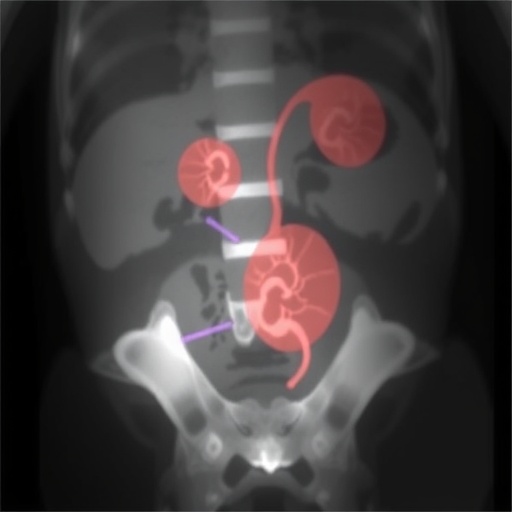Credit: Robert Campbell
Researchers at the University of Alberta have developed a new method of controlling biology at the cellular level using light.
The tool–called a photocleavable protein–breaks into two pieces when exposed to light, allowing scientists to study and manipulate activity inside cells in new and different ways.
First, scientists use the photocleavable protein to link cellular proteins to inhibitors, preventing the cellular proteins from performing their usual function. This process is known as caging.
"By shining light into the cell, we can cause the photocleavable protein to break, removing the inhibitor and uncaging the protein within the cell," said lead author Robert Campbell, professor in the Department of Chemistry. Once the protein is uncaged, it can start to perform its normal function inside the cell.
The tool is relatively easy to use and widely applicable for other research that involves controlling processes inside a cell.
The power of light-sensitive proteins, Campbell explained, is that they can be used to study the inner workings of any living cell. For example, optogenetic tools are widely used to activate brain activity in mice.
"We could use the photocleavable protein to study single bacteria, yeast, human cells in the lab or even whole animals such as zebrafish or mice," explained Campbell. "To put these proteins inside an animal, we simply splice the gene for the protein into DNA and insert it into the cells using established techniques."
The gene for the photocleavable will be made available on Addgene, providing access to other researchers and scientists.
"We want to provide new ways to learn about cell biology," said Campbell. "I see countless potential applications for research and future investigation–from looking at which cells become which tissues in development biology, to investigating the possibilities of gene-editing technology."
The research was published in Nature Methods in March 2017. It was conducted in collaboration with Roger Thompson and post-doctoral fellow Alex Lohman from the Hotchkiss Brain Institute from the University of Calgary.
###
Media Contact
Katie Willis
[email protected]
780-248-1215
@ualberta
http://www.ualberta.ca
############
Story Source: Materials provided by Scienmag




